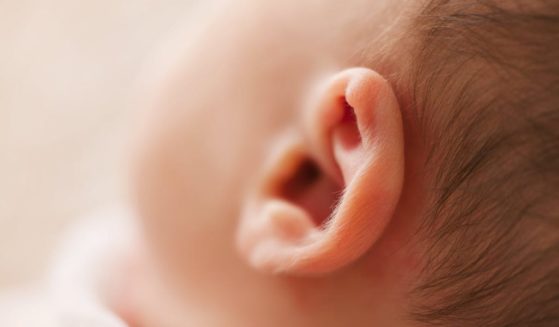Socially Distanced Friendships: Mental Health Experts Examine the Cost of Remote Socialization During COVID-19
The ongoing coronavirus pandemic has tested many people’s ability to endure extended periods of isolation.
Our capacity for adaptation may tempt some into accepting distance communication as the new normal, but human beings are, by nature, social creatures. The positive benefits of real human interaction are too difficult to replicate through phones or computer screens.
Tiny social interactions like talking face-to-face or touching another human being are easy to take for granted. With the pandemic turning these mundane actions into privileges, however, the consequences of deprivation have become apparent.
Due to COVID-19 restrictions, the idea of venturing outside the house to spend time with friends can seem like a foreign concept. Even if some places throughout the country have gradually started to reopen, most social gatherings are far more restrained than they used to be.
As the country continues to cope with the pandemic, the impact of the virus has taken its toll on many in the form of mental illness.
A December Gallup survey reported that Americans’ mental health is worse than it has ever been in the last two decades, with only 76 percent of Americans reporting their mental health was good or excellent. In past surveys, between 80 and 89 percent of participants reported positive mental health.
The Centers for Disease Control and Prevention conducted a report between Jan. 1 and Oct. 17 last year that showed children have not fared much better under COVID-19 quarantine measures.
From early April to October, the number of mental health-related visits for children aged 5 to 11 and 12 to 17 had increased by 24 percent and 31 percent, respectively, compared to what they were in 2019.
To licensed mental health counselors like Robin Atkins, the emotional side effects of COVID-19 are not unsurprising.
“We have studied the psychological impact of isolation on both prisoners of war and in penitentiaries,” Atkins told The Western Journal. “Isolation can causes severe depression, disassocation, and anxiety. Personal relationships and human touch are imperative to the mental well-being of the majority of people.”
“We are seeing skyrocketing suicides and suicide attempts as well as a backlog of people seeking therapy who are on long wait lists,” she added.
There have been cases of elderly folks choosing to end their lives throughout the country rather than live through the isolating lockdowns. Similar stories have been reported about schoolchildren taking their lives after being deprived of socialization.
The impact that friendships have on mental health makes it challenging to imagine Zoom chats and typed messages being a sufficient replacement. Creating friendships often takes time, and engaging in shared activities is often required to maintain that bond.
Firing off a quick greeting to someone through a text or Facebook message is hardly as interactive as going to a restaurant or sports game. The commitment to stay and chat with someone does not appear to be there.
Psychologist Robin Dunbar examined the vitalness of friendships in the book, “Friends: Understanding the Power of Our Most Important Relationships,” explaining why remote interactions cannot serve as a substitute for socializing in person.
“Our studies have shown that people much prefer face-to-face interactions to any kind of digital media and, while we’re at it, the telephone,” Dunbar wrote. “It has something to do with the speed of the repartee.”
“When the puzzled reply to your witty text comes back the next day, you can’t remember why you thought it was funny and so the reply leaves you baffled,” he added. “More importantly, most of the things that really reinforce friendships through the endorphin system cannot be done online.”
“No hugs, no dancing. Eating and drinking at the other end of a cable are hardly the same either.”
Dunbar cited several studies that showed a link between people’s health and the status of their friendships. For example, a 2014 Movember Foundation study found psychological distress was highest among men with few friends and low social support.
The psychologist also referenced a series of studies conducted by professors Nicholas Christakis and James Fowler as further evidence of the positive health benefits of friendships.
“Christakis and Fowler evaluated more than 12,000 people who participated in the study from 1971 to 2003,” Dunbar wrote. “They found that your chances of becoming happy, depressed or obese in the future, as well as the likelihood that you would give up smoking, were all strongly correlated with similar changes in your closest friend.”
The health benefits tied to in-person relationships, combined with people’s desire for communal activities, led Dunbar to doubt that social distancing guidelines will become the new normal.
“In the longrun, the pandemic wont have any effect on how people relate to each other,” Dunbar told The Western Journal. “Could you detect any effect due to the Spanish Flu? Not really — people were still hugging and kissing each other.”
“Will it have an effect in the short run? Yes, but only for a year or two. People are pretty good at recognising when a disease crisis has passed,” he added. “The Roaring Twenties followed very quickly on the heels of the Spanish Flu, after all.”
“In the meantime, there may be a rush to meet up with former friends again, because nothing is quite as emotionally uplifting as a face-to-face interaction.”
Truth and Accuracy
We are committed to truth and accuracy in all of our journalism. Read our editorial standards.












